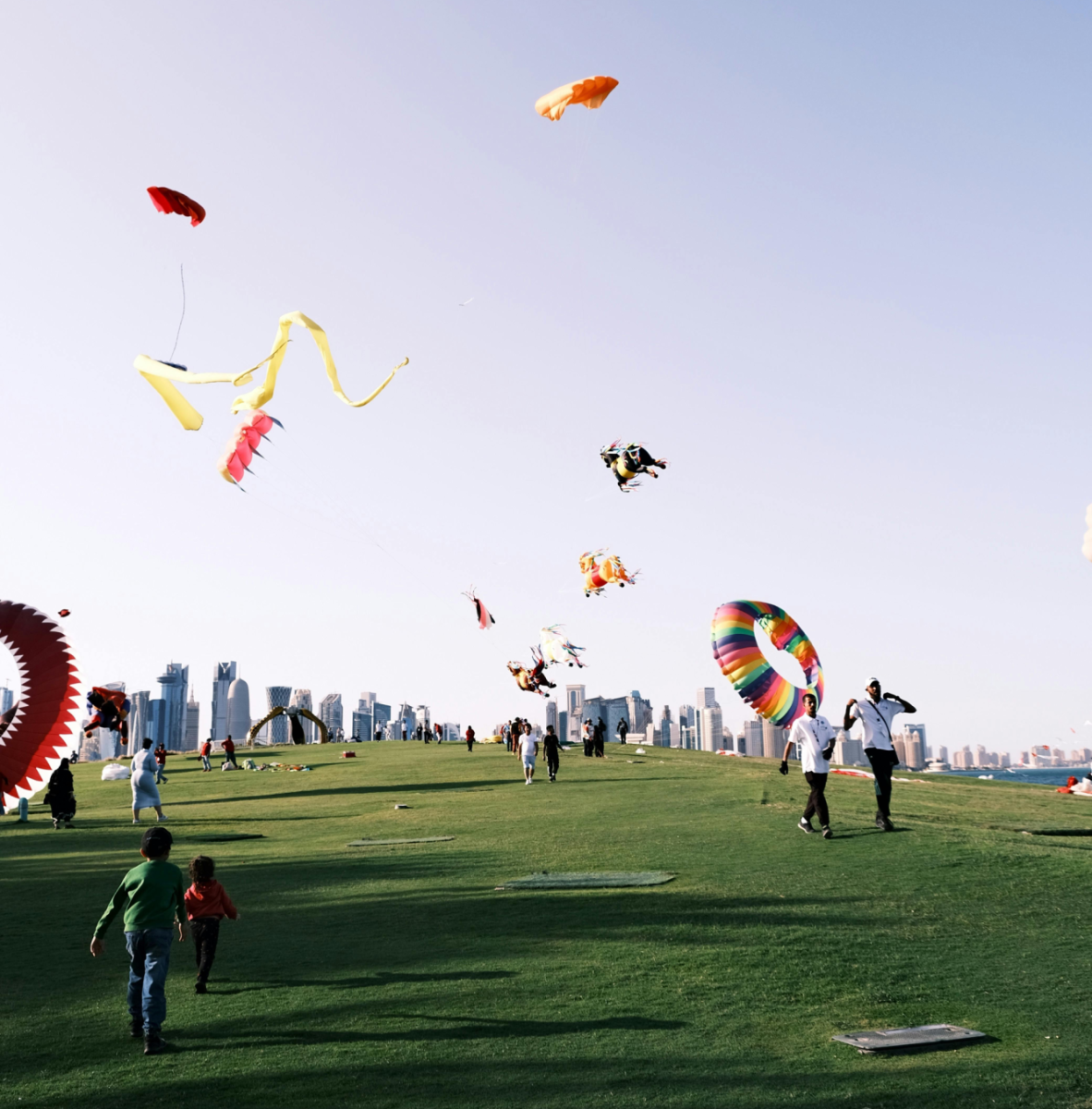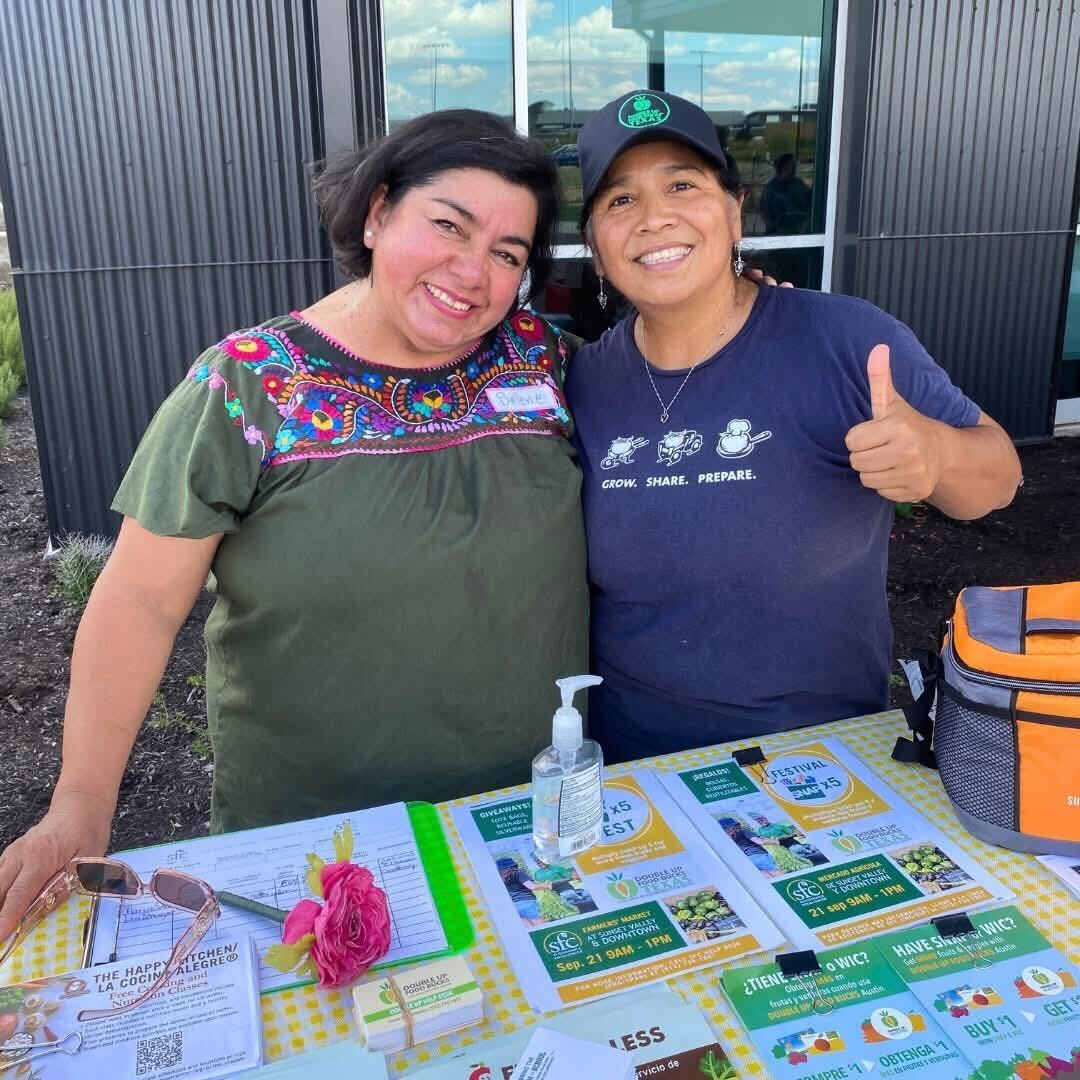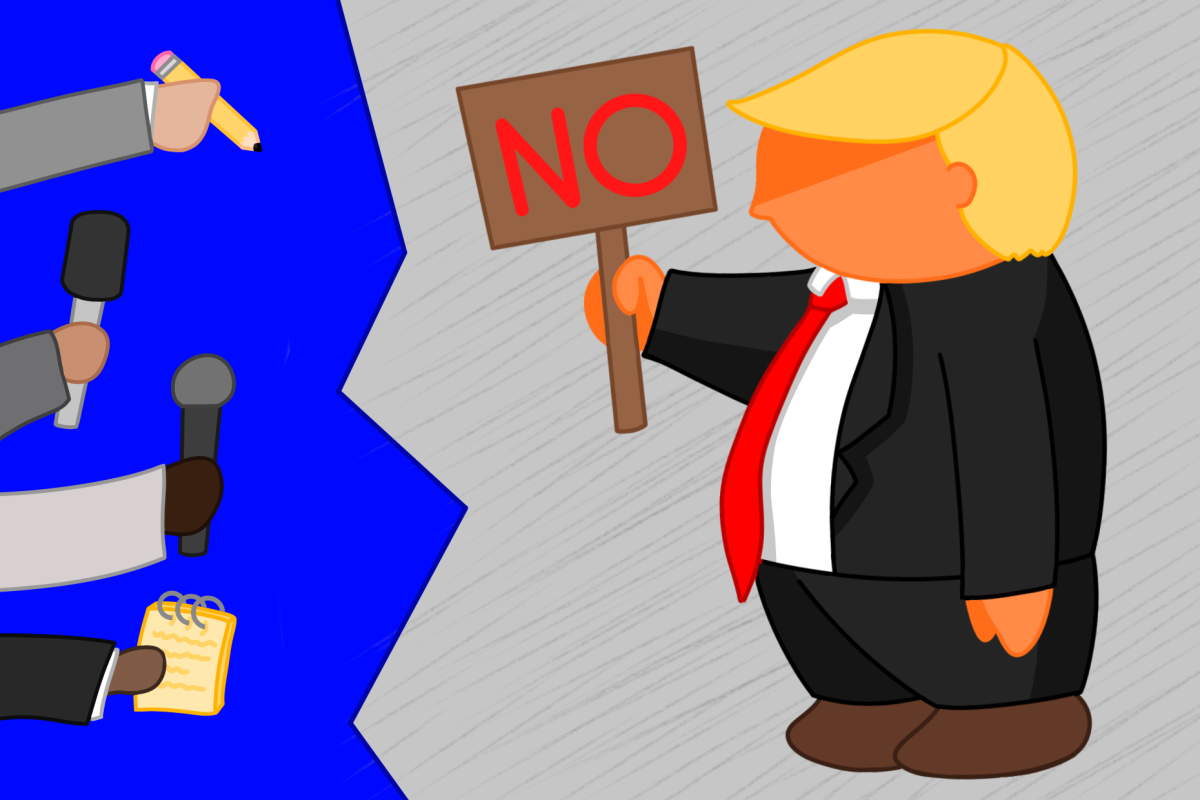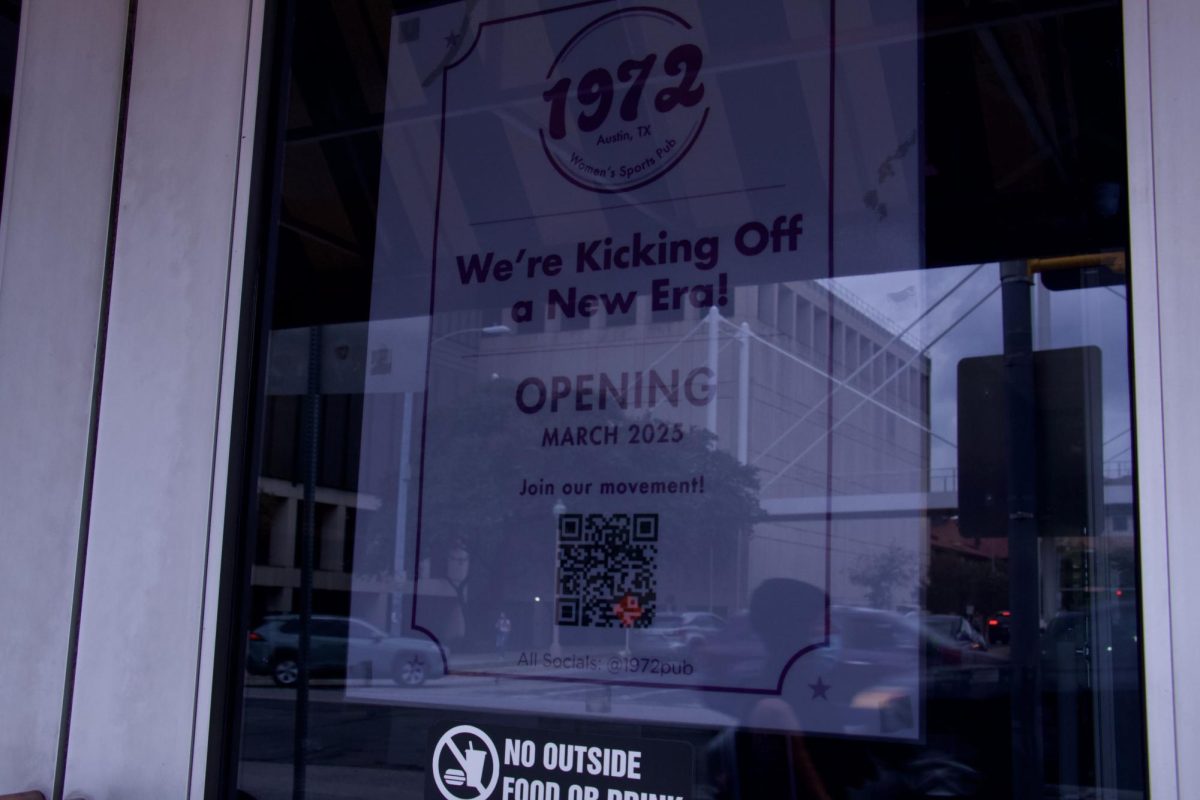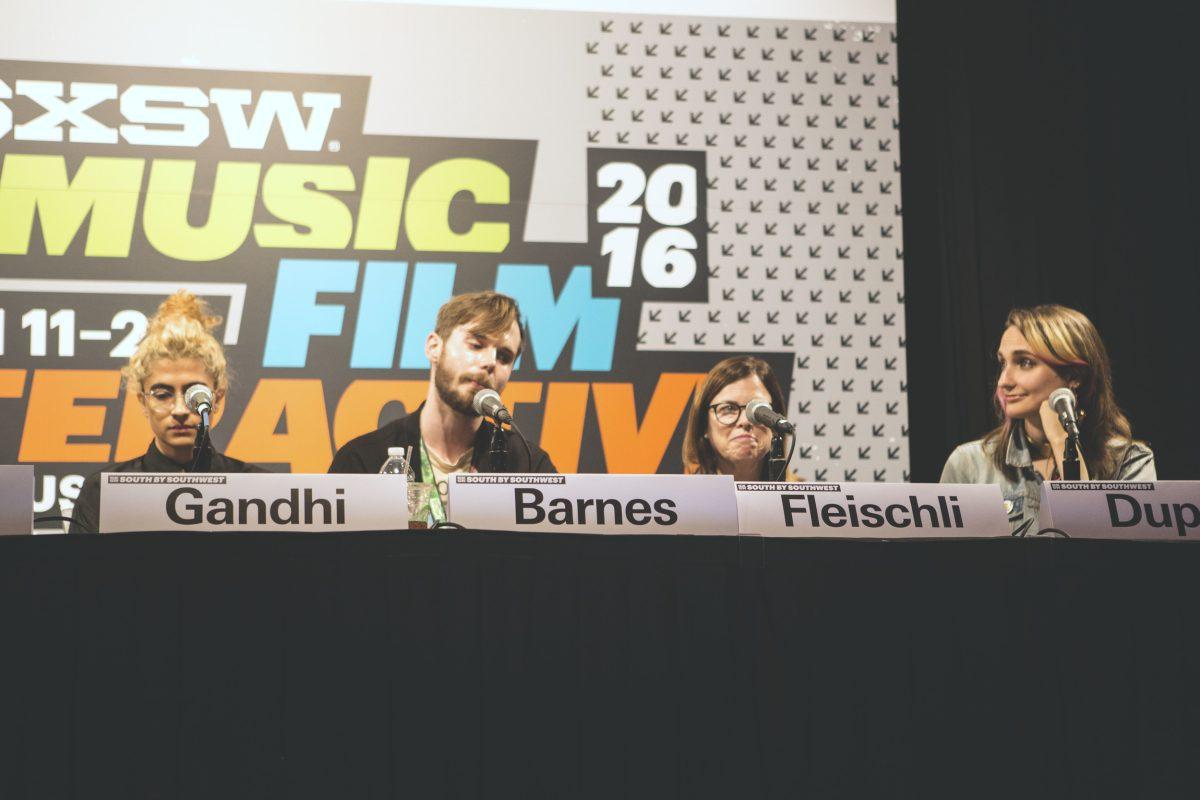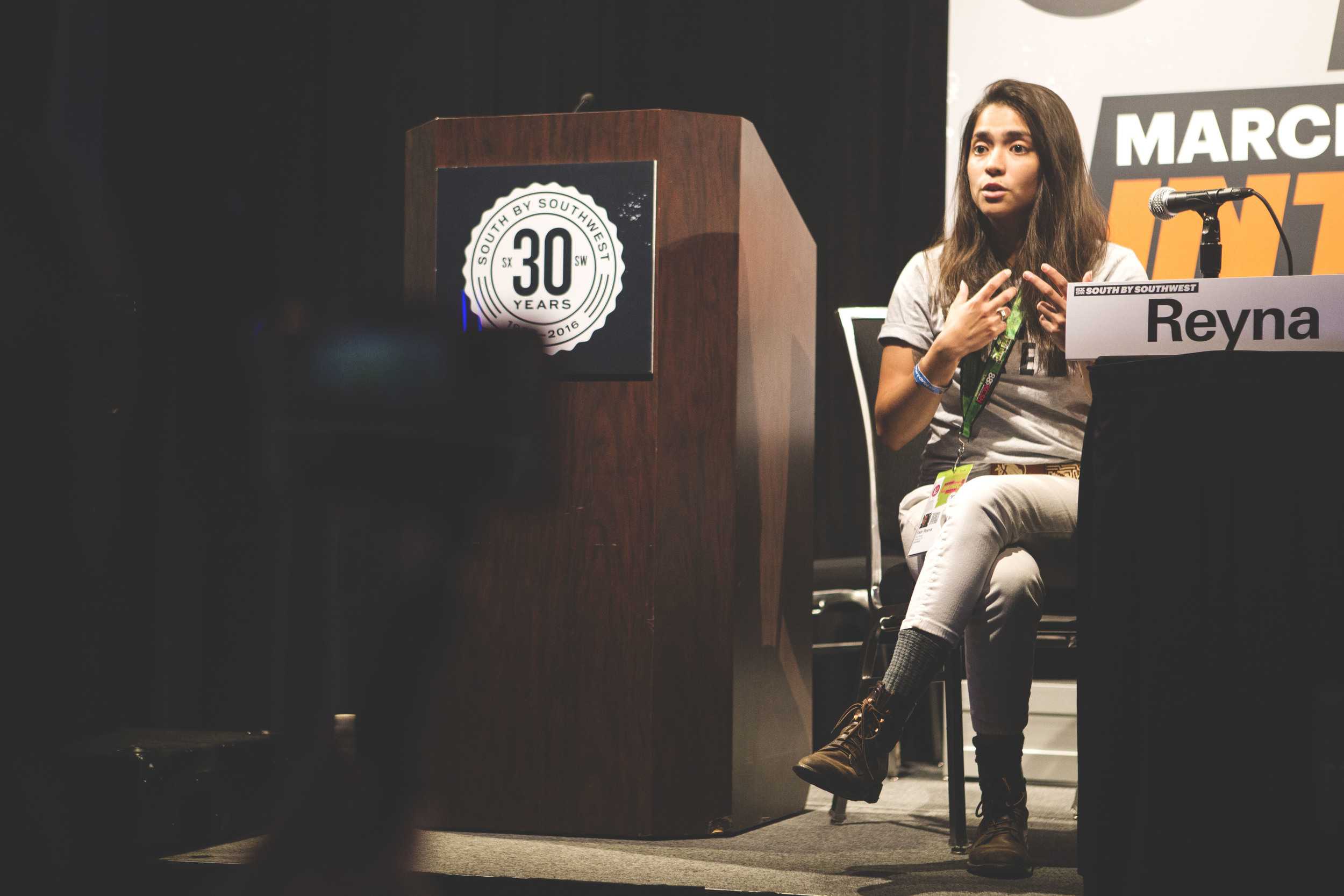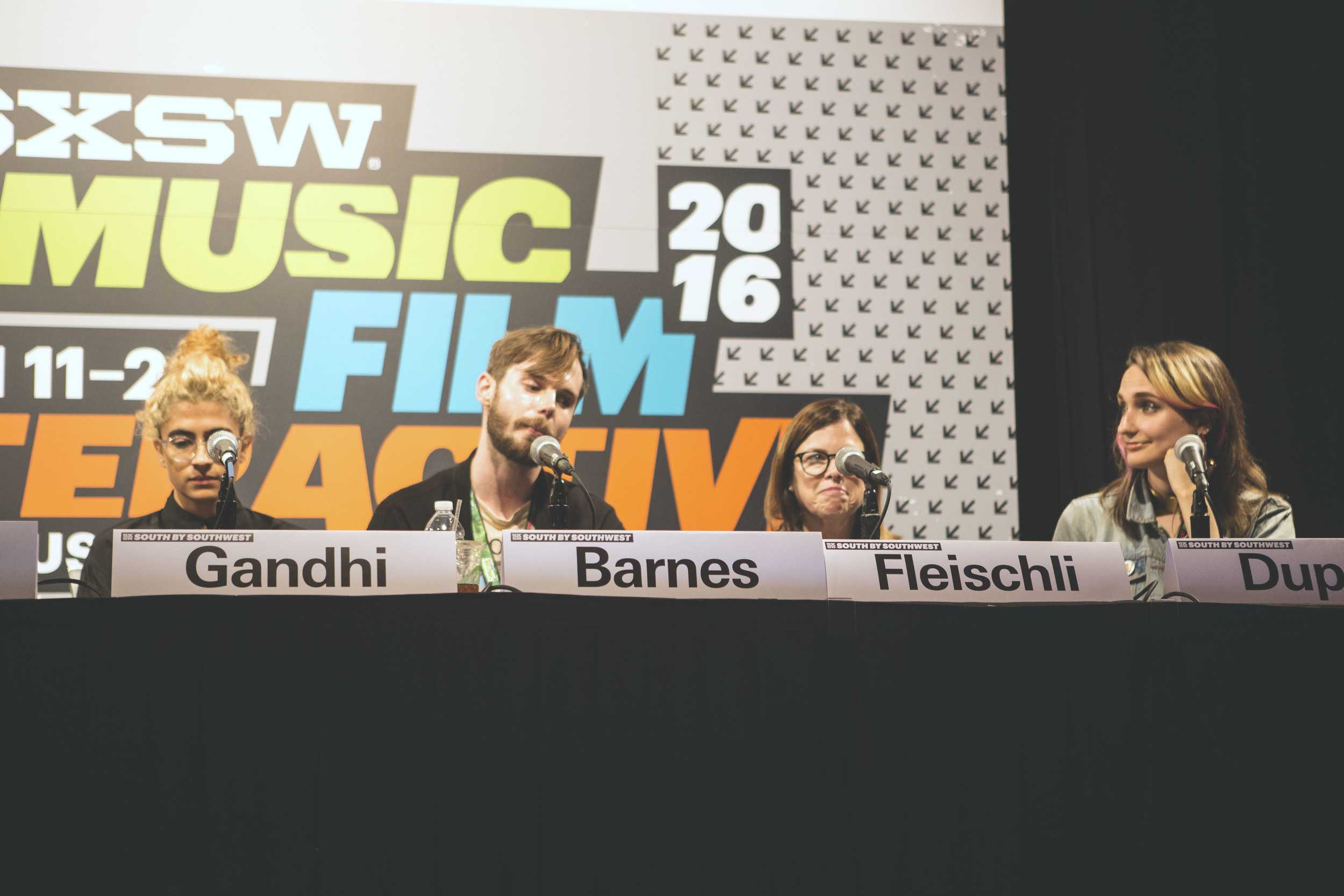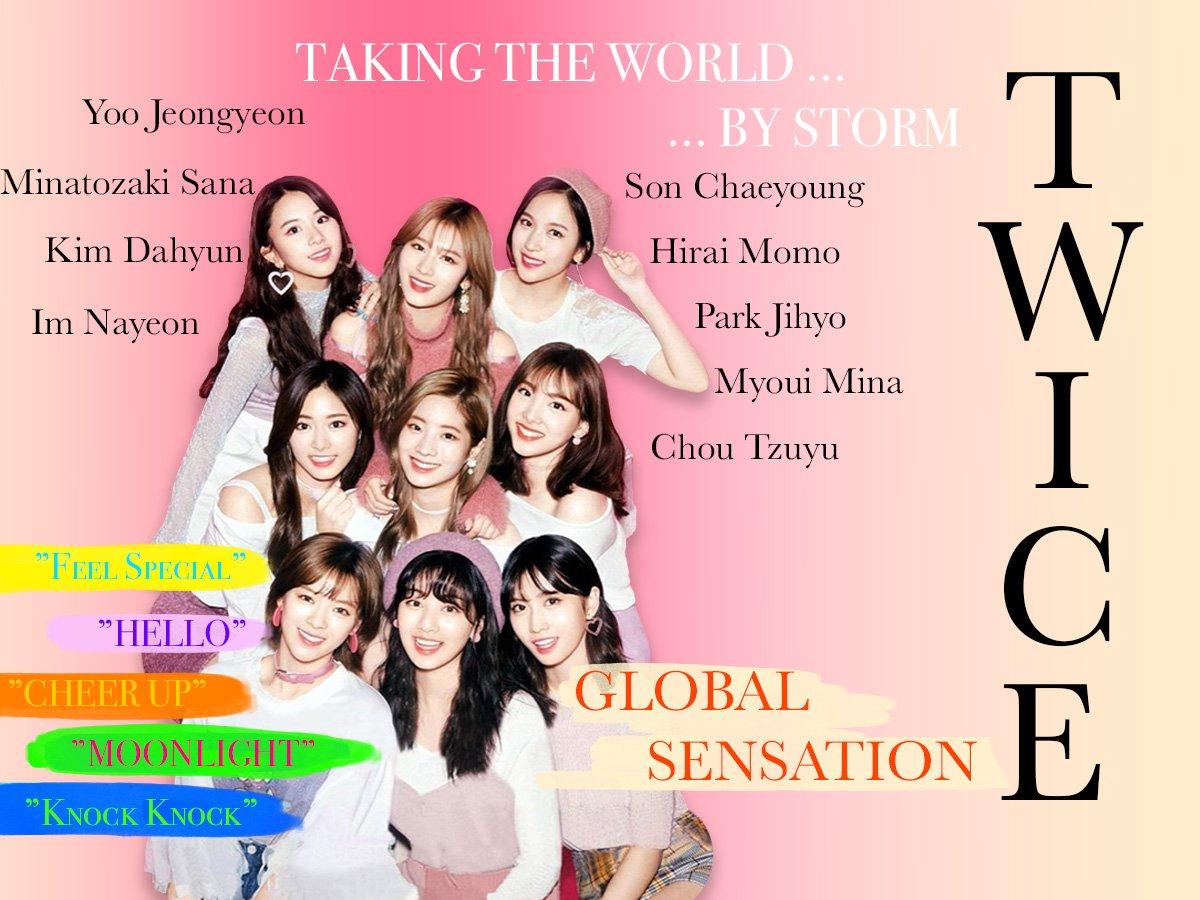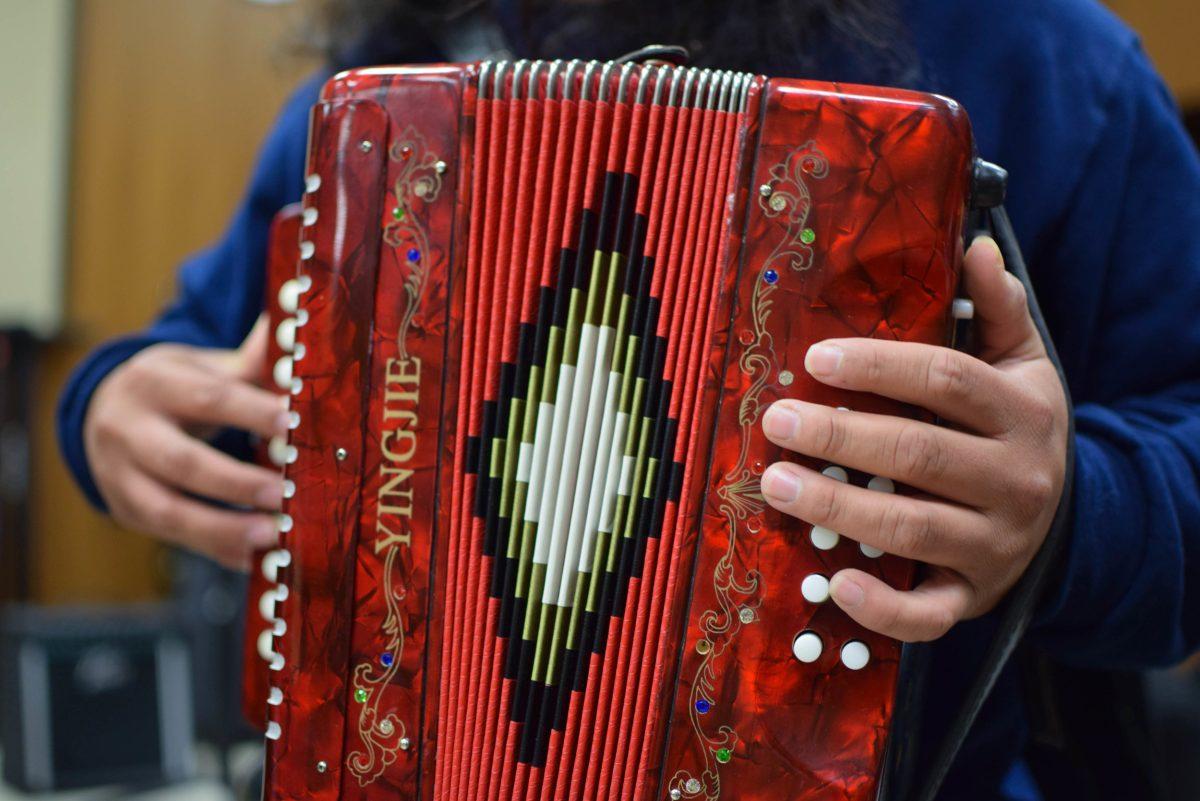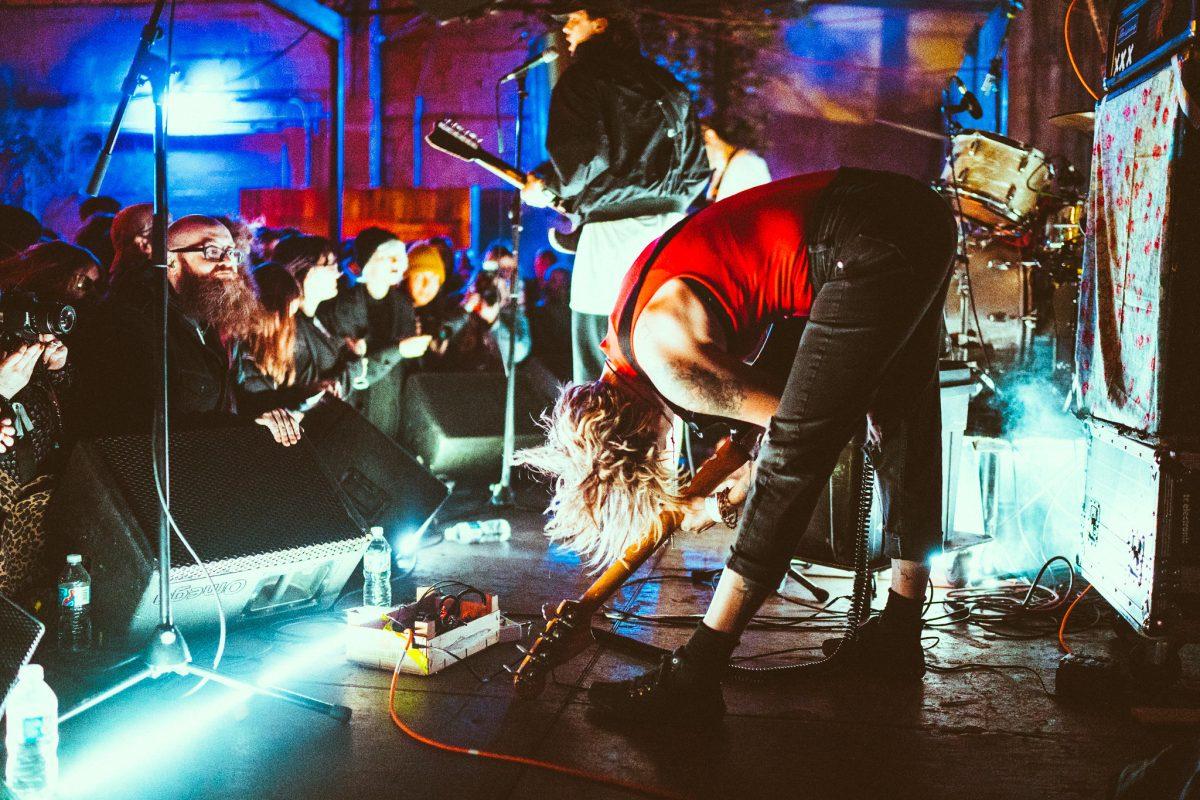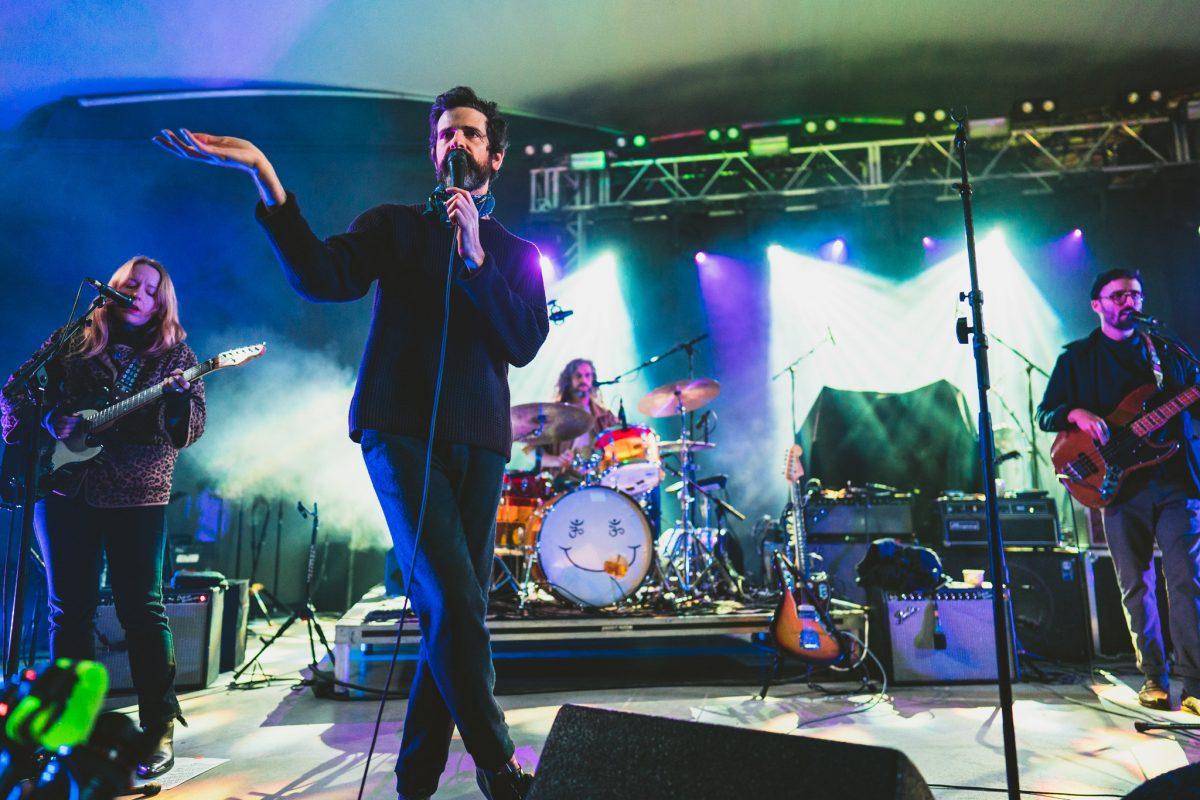Music media industry leaders came together at SXSW on Wednesday, March 16, to analyze the representation of women in music media. The panel was hosted by She Shreds Magazine, the only magazine solely dedicated to female guitarists and bassists. Shreds Magazine founder and Editor-in-Chief Fabi Reyna lead the discussion.
By Tess Cagle
The panel was rich with talented and successful members of the music industry including Artist in Residence at the music start-up Stem and former drummer for M.I.A. Kiran Ghandi and artist manager Michele Fleischli, whose clients include Sonic Youth, Beck and Tenacious D. Sadie Dupuis, lead guitarist for Speedy Ortiz, contributor to She Shreds and former music writer for Nylon and SPIN and Mic.com music editor Tom Barnes were also in attendance.
The group came together to analyze the shortcomings of how music journalists discuss female musicians and what the media can do to support and cover women musicians in a better way. Here are five takeaways from the talk.
Fabi Reyna, founder and Editor in Chief of She Shreds Magazine, takes questions at the end of the panel.
You’re never too young to start your own business:
Fabi Reyna kicked off the panel by giving a quick summary of her career in the music industry. She was raised in Mexico and discovered her passion for guitar playing at a young age. Growing up, she was told that playing guitar was not a “feminine” thing to do and was discouraged from pursuing her dreams. However, at age 18, she founded She Shreds Magazine, in hopes of creating a platform to encourage girls all over the world to pursue music. At age 24, she is still the Editor-in-Chief, and has also gone on numerous international tours with a multitude of bands and personal projects, such as The Ghost Ease and Sexhair.
Women are more than just their gender:
One of the major things Sadie Dupuis stressed throughout the panel was that women musicians hate it when the first two questions are 1) are you a feminist? and 2) what’s it like being a female musician? She emphasized that she loves She Shreds Magazine because that isn’t the objective of the publication— it’s just to provide a space for women to talk about making music. “You should treat humans as humans– not female humans or male humans– in interviews.”
Tom Barnes agreed with Dupuis and added that music journalists should be mindful of how they portray a musician and ask themselves if they are presenting that musician in the way that the artist intended. “It comes down to being a collaboration,” Barnes says. “Making sure this is the narrative they want to send in.”
The commercialization of feminism can be a good thing:
Reyna asked the panelists if they felt that the growing popularity of feminism in mainstream media was merely tokenizing it. Kiran Ghandi says no; she says that while it sucks that people are capitalizing off of the movement, in the end the most important part is that the movement is reaching wider audiences. She says that the growth in popularity surrounding feminism has allowed all kinds of new variations of it to grow, like intersectional feminism. She says the trade off benefits women more than it hurts them, because now the movement is relatable to more women than ever.
Kiran Ghandi, Tom Barnes, Michele Fleischli and Sadie Dupuis sit together for the SXSW panel “Representations of Women in Music Media.”
We still need women-exclusive outlets:
Reyna asked the panel if they felt like gender-exclusive publications were the wrong route to take to reach gender equality. The panelists agreed that women-exclusive publications like She Shreds are still necessary. “Men don’t need men-only magazines because men will never have to worry about being excluded,” Dupuis says.
There’s no such thing as a “woman’s issue”— they’re “human rights issues:”
As the panel discussed the gender pay gap, Barnes made an important comment: “It’s not fair that we label issues like pay inequality as a ‘women’s issue,’ Barnes says. “That’s a human rights issue.” Regarding pay inequality, Dupuis says she notices the largest gap in pay between male and female musicians when women musicians are overlooked for major gigs. She referenced the glaring disparities in most music festival lineups— how it’s become popular to erase all the white, cisgender male-centered bands off lineup listings to see what’s left. “You’ll have maybe a handful of bands left,” she says. “Sometimes none at all.”




